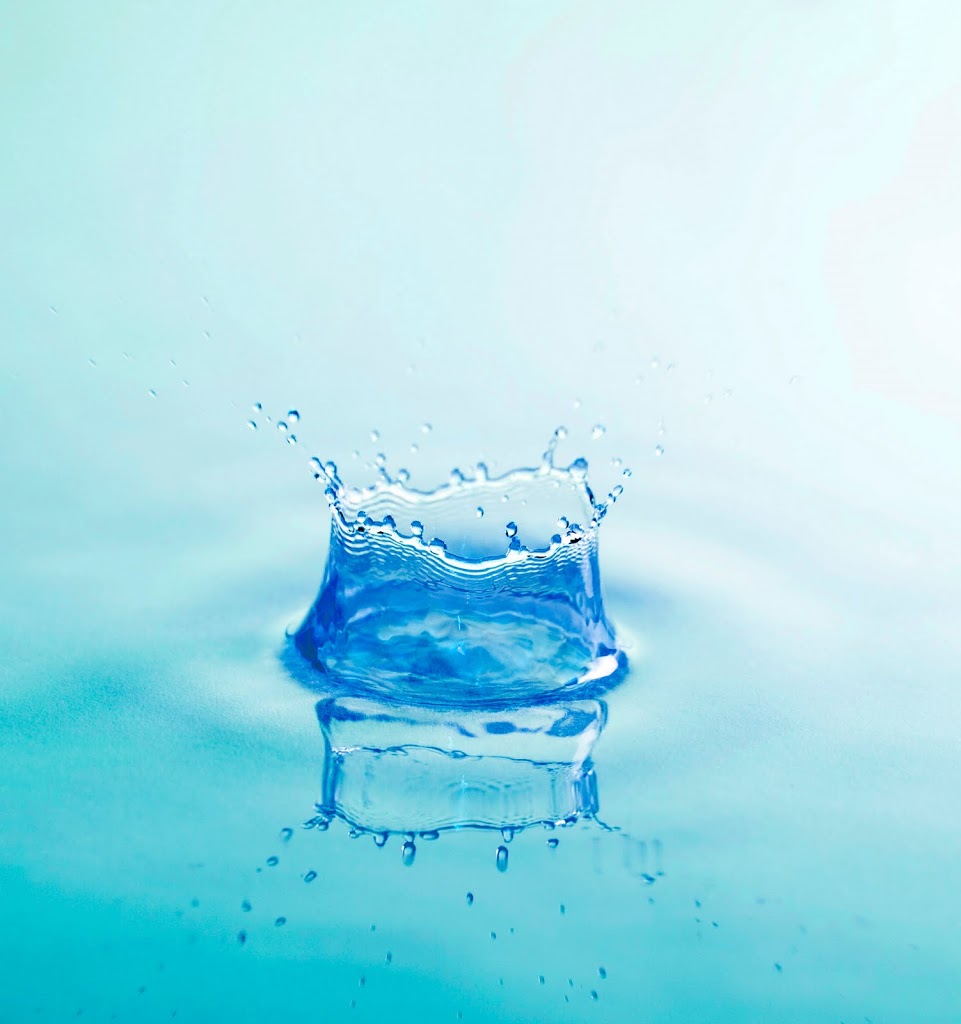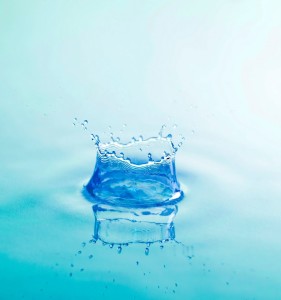
by theglamscientist | | hair, hair care, hair conditioning, hair damage, hair elasticity, healthy hair |

Elasticity is a very important factor in assessing the strength of hair. The elasticity of the hair is an indicator of what styles and/or processes your hair can withstand. When hair has low elasticity, it will not hold a curl well (thermal or wet styled) and it is more prone to damage caused by styling and chemical treatments. Basically, hair with low elasticity is weak and must be handled with care.
Chemical treatments including relaxers, permanent wave, color and even keratin should be preceded by an elasticity strand test to ensure minimal (ideally zero) breakage occurs. But you should also consider performing an elasticity test before going to wacky with the hooded dryer, blow dryer, round brush and flat iron because this requires good elasticity, too. One way to test your hair’s elasticity is to take a [full length] strand of hair from your comb or brush. Hold the strand with the index finger and thumb of both hands about 2 inches apart. Quickly and firmly pull the strand of hair. If the strand snaps, it has low elasticity; If it remains in tack, it has good elasticity.
Another strand test that is equally as fun is what I call the “ribbon curl” test. Hold a strand of hair between the index finger and thumb of one hand. With the index finger and thumb of the opposite hand, use your thumb nail to firmly run along the length of the strand so that it curls. — This is similar to curling a ribbon with scissors. — Now stretch the curl until the strand is straight then let it go. If the strand returns to the original curl pattern, it has good elasticity. If it returns to at least half the original curl, it has moderate elasticity. If it stays straight, your hair is in bad shape :(.
Many factors affect the elasticity of the hair. Excessive heat styling, combing/brushing when the hair is wet and chemical treatments can all have a devastating effect on your hair’s level of elasticity. If after performing the strand test you find that your hair has low elasticity, avoid all of the above styling faux pas. Hair elasticity can be improved by giving your hair what it lacks… PROTEIN! Hair is 100% protein (keratin). Hair with low elasticity has weaker protein bonds than that of good elasticity. Nevertheless protein treatments are a good idea for everyone sooooo… Run, run, run to your nearest beauty supply to purchase a deep conditioning protein treatment.
Here’s to the Glam Life!

by theglamscientist | | Cosmetic Ingredients Review, cosmetics, hair conditioning, moisturizer, moisturizing, occlusive agents, skin conditioning, water |

A few weeks ago, I saw a tweet that baffled me a bit. Someone (I don’t remember who) was completely annoyed that the top ingredient in some product was water. My first thought was “Whoa, what’s wrong with water?!” More recently, I read about a product line whose claim to fame is “water-free”. From a formulator’s perspective, water can be a nuisance when you are trying to avoid the use of preservatives. That is a big deal in times like these where the natural, eco and organic movement is in full effect. I’m still not clear why consumers would be up in arms about the presence of water in a formula, but I’m here to tell you why you should love it.
Water is THE ultimate moisturizer. Moisture cannot exist if water is not present, so the primary function of water in a moisturizing product is to be the source of moisture. In a perfect world, water would be all we need to maintain well moisturized skin and hair, but that’s just not the way it is. Because water will always evaporate, there needs to be ingredients in a product that act as a barrier to prevent water loss. These barrier (occlusive) ingredients are waxes, vegetable oils and silicone oils. As a bonus, most barrier ingredients come with added benefits like vitamins, minerals, essential fatty acids, etc.
Another main function of water in a cosmetic formula is to be a solvent. Not only are raw materials concentrated, but they also need a medium to be dispersed. Water dissolves these raw materials and allows them to be used in safe concentrations. [While many raw materials can be used as is, they are equally effective in lesser concentrations.] I fear that some people think water as a top ingredient makes the product “watered down” or ineffective. That couldn’t be further from the truth. Consider the amount of laundry detergent you use in relation to the amount of water the fills the washer. The ratio of detergent to water is clearly 1 to 99 yet, you have full confidence that the minute amount of detergent you used will clean your clothes. The same concept applies to water in cosmetics.
Finally, water plays a major role in the texture of a product. Moisturizers and hair conditioners, for instance, benefit from easier application, spreadability (hmmm is that a word?) etc when water is used effectively. Water as a main ingredient can also be indicative of a lighter formula.
Contrary to popular belief, all skin types and hair types need moisture. So the next time you see water as a top ingredient, be thankful that the formulator thought about your need for moisture. Pay closer attention to the types of oils the product uses to lock that moisture in… dry skin and hair will need heavier oils and oily skin will need much lighter oils.
Are you a consumer that’s not big on water in cosmetics? How do you feel about it now?




